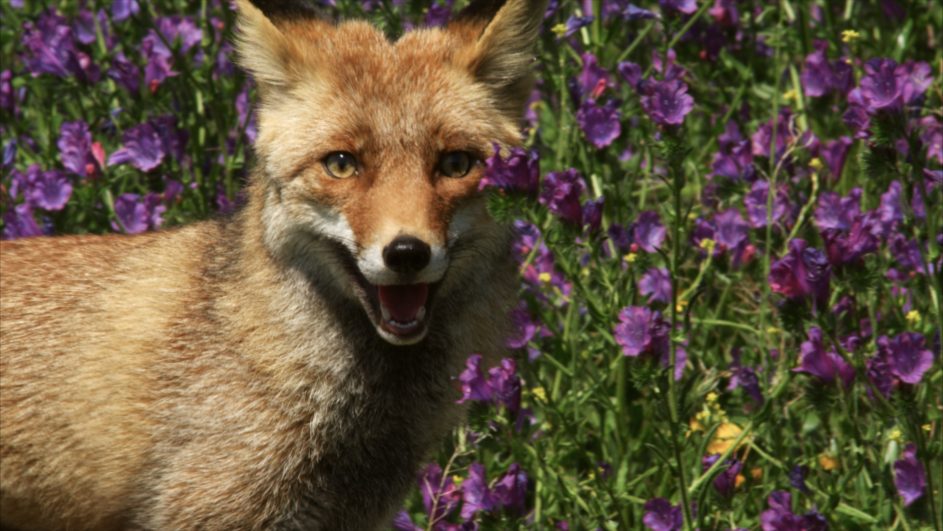Nature
Seasons in the Wild
Synopsis
When one part of the planet awakens from its wintery slumber, and the other slows down after a busy summer, nature gets ready for change!
In South Africa, endless fields of flowers explode into dazzling colour. In Canada, grizzlys hunt in rivers filled with spectacular migrating salmon. In Mexico, billions of butterflies emerge from their cocoons. And, every fall, huge flocks of starlings invade the city of Rome.
SPRING
The air has lost its winter chill. For many animals, it is the end of a long slumber. Torpor and hibernation are two of nature’s most ingenious ways to cope with changes in climate, food supply and energy. Clever strategies but not always successful, because every year a few unlucky hibernators will stay in perpetual sleep, never again to take part in the fervent activities of Spring.
Groundhogs make their way through the last snows; hibernating frogs execute their first careful moves; brown bears spring-clean, removing fallen branches from the entrances to their dens to clear the way for young and old.
It’s a giant leap back to life; time to welcome a new generation into the world or, in some cases, start one. Hundreds of grass frogs rush across the now defrosting snow to find the first patches of melt water in which to mate and lay their eggs. Others are one step ahead: For weeks already, Golden eagles have protected their eggs high in their aeries – soon they will hatch.
But it is in the plant world that spring is heralded with the greatest fanfare. Masses of delicate little plants cover the ground; buds spring from every branch; the first flowers open up for business, attracting insects of all kinds;
FALL
Indian Summer in Canada; Momijigari in Japan; and Europe’s Golden October days – all splashes of beauty in landscapes on the cusp of change.
When nights grow longer, the plants adapt and prepare to store their last energies for the long winter days. Any chlorophyll that remains in tree foliage is soon depleted, replacing verdant green with hues of bright yellow and orange.
Animals also change their colour. Snow hares now sport a sassy white coat that blends in nicely with the winter snow.
Most mammals gorge on the last available supplies to stock up on winter fat to get them through the coming months. But how do these animals save energy? How do they know when winter is over and it’s time to wake up?
But there is another way to deal with the cold – leave it behind! In winter, countless animals are on the move across oceans and continents – migrating towards the warmth of another summer.
Animals and plants, all in synch with the seasons, but now Climate Change is breaking this age-old rhythm. They must find new ways to survive these seasons of change.
Produced by Terra Mater Factual Studios






